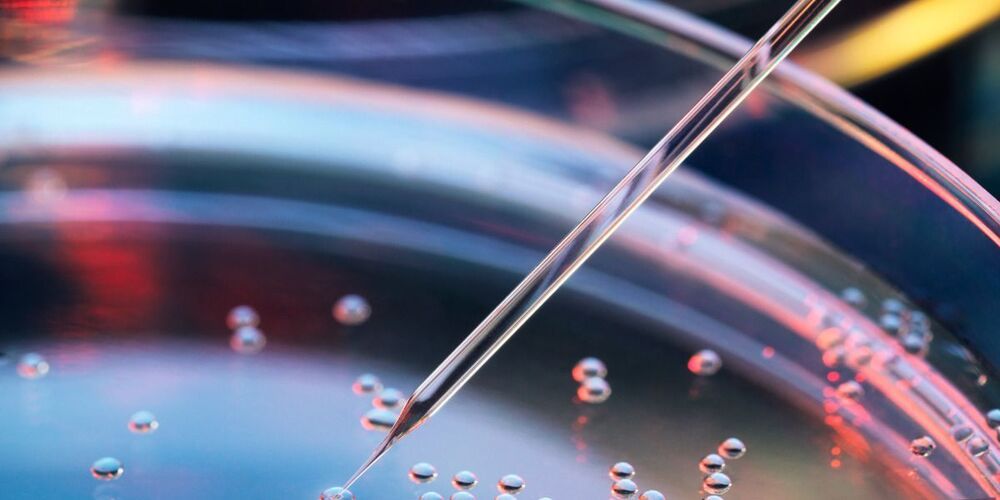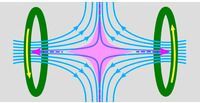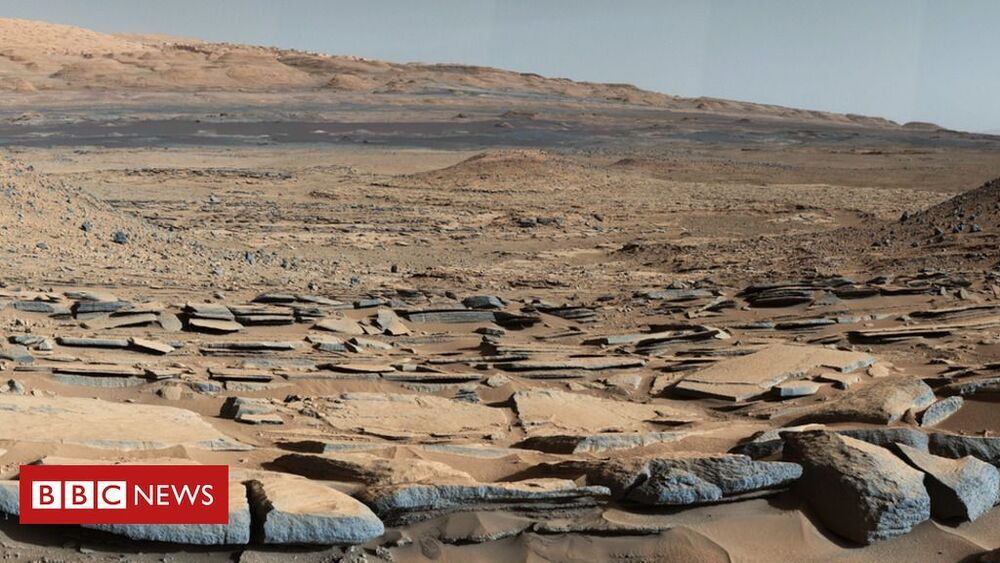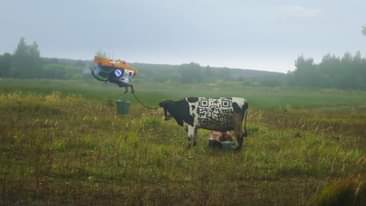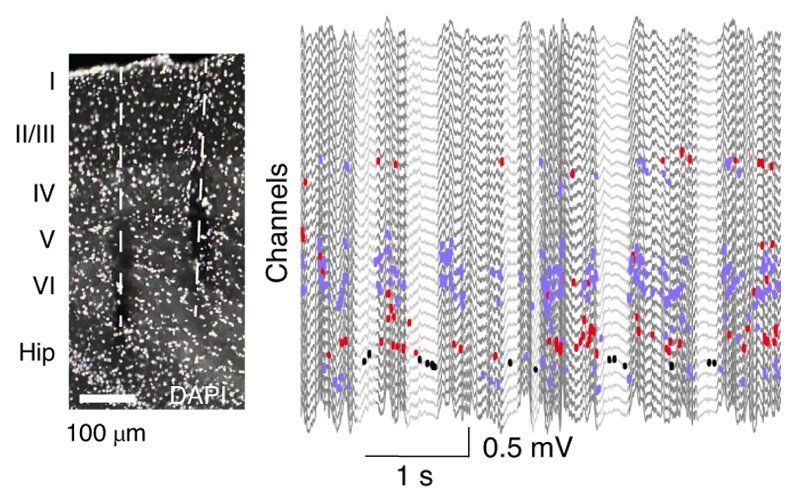A theoretical way to create a sub-light warp drive has been described that does not require negative mass. This could enable fast travel through our Solar System and onwards to distant star systems.
As technology for manipulating embryonic life accelerates, researchers want to get rid of their biggest stop sign.
Following in my recent series on subjects that are all the rage in anti-aging and longevity circles, to help you get a good grasp of the essentials so you can know what all the talk is about, and can make informed judgements rather than just following the herd blindly. This time it is on Metformin. This is a drug widely known as a diabetes drug and it has been in use for a very long time, indeed it is one of the most prescribed drugs there is. Recently it has also been a buzz word in the anti aging/longevity communities following the review of data and with it s mechanism of action, being touted and recommended by a variety of voices in the public domain. But how does it work, and how could it improve longevity? Is it safe? Well, if you want to go into a bit more depth and know all the details, I have put together a video which helps you understand what all the fuss is about. And whatever you are doing, have a great day.
Metformin is very popular in the anti aging paradigm currently so let’s have a look at what it is, what it offers, and what the trade offs are… because, well, it is always wise to have all the data.
In this video I will look at the history of metformin and describe its mechanism of action before delving into the current thoughts on its use as an anti aging supplement and longevity benefits due to its overall health benefits.
If you would like to know more about longevity in general as well as the hallmarks of aging then why not check out this video next.
If you would like to look at the articles and studies mentioned they can be found at these links.
O,.o imagine cold plasma fusion reactors: D.
Researchers have demonstrated that an ultracold neutral plasma can be magnetically confined, paving the way toward experiments that simulate its hot astrophysical counterparts.
Impressive value.
According to data, bitcoin’s market cap is currently over $1 trillion. The digital coin went from zero to $1 trillion in network value 3.6 times faster than Microsoft.
Bitcoin also achieved a higher valuation than the world’s three biggest banks combined, when it hit an all-time high of $61700 last week, as its market cap approached roughly $1.15 trillion. The combined market cap of JPMorgan, Bank of America and The Industrial and Commercial Bank of China (ICBC) is $1.08 trillion.
A unique — details are a bit sketch 😉 looks amazing tho!
Requirements:
Human; all nationalities accepted.
Be willing to relocate to Mars.
Previous SMS experience working around black holes.
Hands-on experience repairing or replacing broken parts on machinary and/or colleagues.
A Can Do Attitude.
The ability to work alone and part of an android team with minimal supervision and zero compliance to logic.
Available for travel to different planets on a regular basis.
Dangerous Goods or Hazardous Materials Recognition Training preferred but not necessary. OTJ will be provided. Please ensure your tetanus vaccine is up-to-date!
A unique Russian Aerospace-Robotics Farm is hiring — details are a bit sketch 😉 looks amazing tho!
Typically, pyramidal cells and GABAergic interneurons in the brain are activated simultaneously. A team of neuroscientists at New York University, however, recently identified a unique class of neurons that do not fire at the same time as all principal neurons, cells and interneurons. Interestingly, the team found that these specific neurons are most active during the DOWN state of non-REM (NREM) sleep, when all other neuron types are silent.
“As is often the case in science, our discovery was a true serendipity,” György Buzsáki, one of the researchers who carried out the study, told MedicalXpress. “By collecting sleep recordings in deep layers of the cortex, we observed that spikes of some rare neurons occasionally occurred during the so-called ‘DOWN state’ epochs of sleep. No neuron was supposed to do such thing, as DOWN state is known (and identified by) by its complete neuronal silence (lack of spikes).”
The neocortex, a set of layers in a region of the brain called cerebral cortex, is rebooted thousands of times every night from the transient (50−300 ms long) DOWN state. In their study, Buzsáki and his colleagues identified a class of neurons that appear to be most active when all other neurons (i.e., excitatory pyramidal and inhibitory neurons) are silent, in the DOWN state, during NREM stages of sleep. In their follow up experiments, they showed that these neurons are neuroglia-form cells found in the deeper layers of the neocortex, which specifically express genes known as ID2 and Nkx2.1.
Lightning strikes were just as important as meteorites in creating the perfect conditions for life to emerge on Earth, geologists say.
Minerals delivered to Earth in meteorites more than 4 billion years ago have long been advocated as key ingredients for the development of life on our planet.
Scientists believed minimal amounts of these minerals were also brought to early Earth through billions of lightning strikes.
It has long been understood that a parent’s DNA is the principal determinant of health and disease in offspring. Yet inheritance via DNA is only part of the story; a father’s lifestyle such as diet, being overweight and stress levels have been linked to health consequences for his offspring. This occurs through the epigenome—heritable biochemical marks associated with the DNA and proteins that bind it. But how the information is transmitted at fertilization along with the exact mechanisms and molecules in sperm that are involved in this process has been unclear until now.
A new study from McGill, published recently in Developmental Cell, has made a significant advance in the field by identifying how environmental information is transmitted by non-DNA molecules in the sperm. It is a discovery that advances scientific understanding of the heredity of paternal life experiences and potentially opens new avenues for studying disease transmission and prevention.

